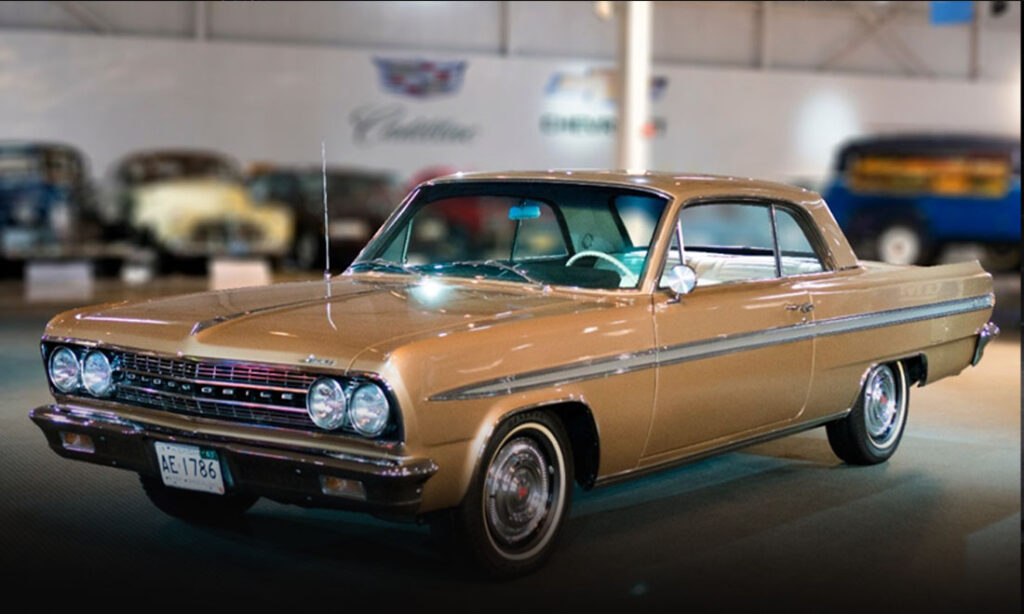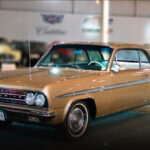Retro Review: 1971-1972 Dodge Demon
The Dodge Demon had a short run, but this classic muscle car left an impression that will never be forgotten.
The Short History of the Original Demon
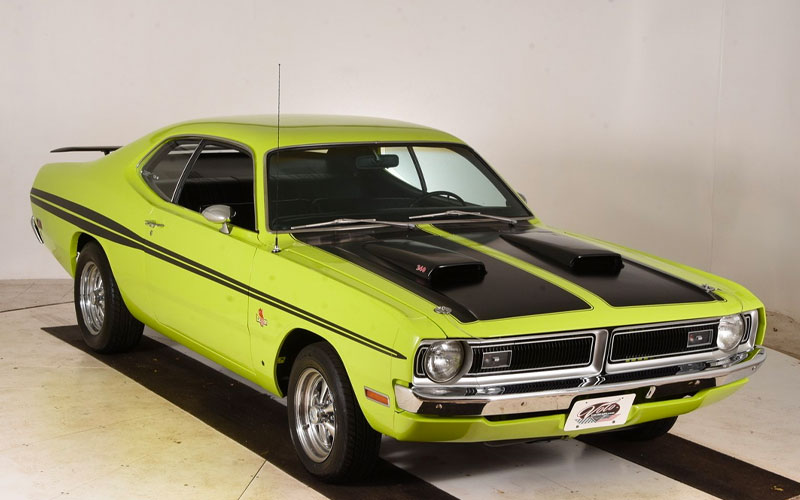
1971 Dodge Dart Demon – Volo Museum Auto Sales on YouTube | Shop Dodge Demon on Carsforsale.com
“It works like a demon…plays like a demon…and is devilish fun to drive.” With a marketing line like that, who wouldn’t want a Dodge Demon?
Possibly one of the classiest muscle cars ever produced, the Demon spawned from the Dodge Dart and was a short stop on the automaker’s long muscle car journey. Though its time was brief, the Demon still managed to influence the muscle car world and go on to be a highly sought after classic. Today we’re taking a look at how the Demon fit into the muscle car picture and what made its run so short.
Dodge Dart
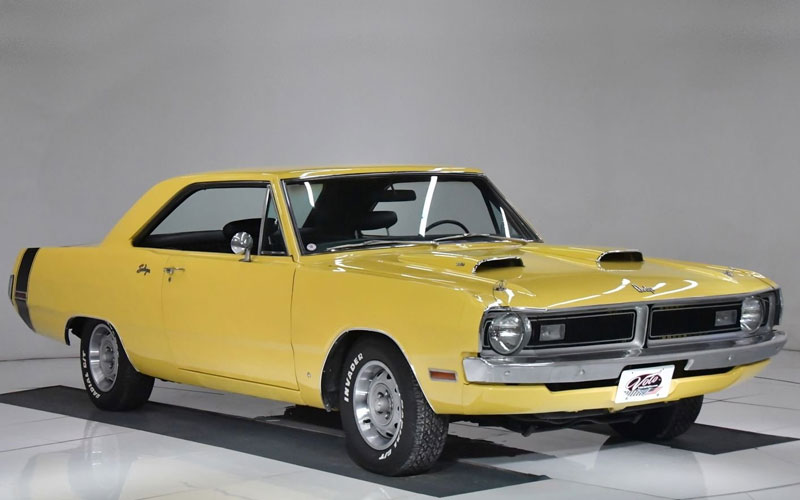
The Chrysler Corporation introduced the Dodge Dart in 1960 as an entry-level vehicle for Dodge dealers. The concept of the American muscle car wasn’t even a thing yet and the Dart didn’t originate as a performance car. But in the late 60s and early 70s that all changed when American automakers were competing for sales in the famed muscle car era.
Dodge introduced a small run of the Dart GTS in late 1967 in an effort to bring the Dart from a low budget offering to a high-performance muscle car. In 1968 the GTS model was fitted with a 340ci-V8. By 1970 the Dart took on the names of Swinger and Swinger 340. The Swinger 340 was the top performing Dart model with its 340ci engine.
Enter the Demon
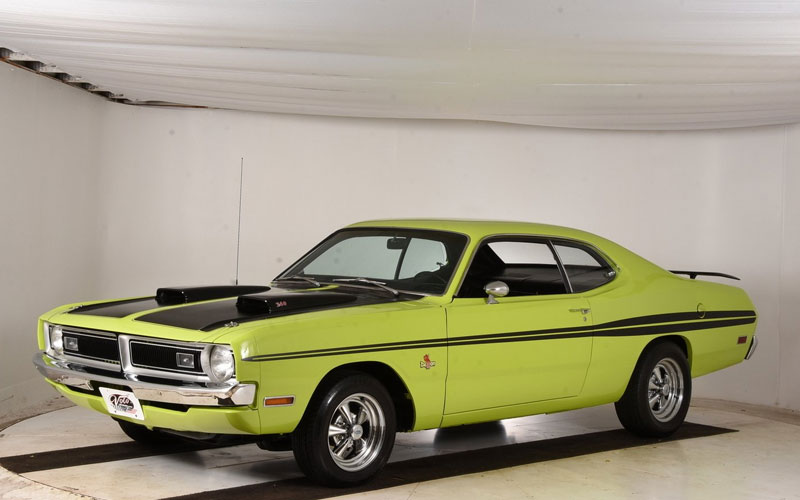
In 1971 the Dodge Dart Demon and Demon 340 were introduced to the Dart lineup. This was a 2-door fastback coupe variant of the previous models and was Dodge’s version of the Plymouth Duster. The Demon was equipped with either a 198ci slant-six or a 340ci V-8.
The larger engine went right along with the top-of-the-line Demon 340 moniker. The 340ci engine produced around 275 horsepower and 340lb-ft of torque and featured a 10.5:1 compression ratio, hydraulic lifters, and a hot cam. While it wasn’t the fastest engine out there, it definitely held its own weighing in at just 3,165 pounds.
The Demon 340 was equipped with a synchronized floor-shifted 3-speed manual transmission but also had the option for a 4-speed manual transmission. It also had dual exhaust, all-wheel drum brakes, and a Sure-Grip differential. A high-performance Rallye suspension was standard on the Demon 340, and featured torsion bars and a stabilizer bar in the front, as well as an anti-sway bar and springs in the rear.

The Demon didn’t just impress underneath the hood. Designed by Italian coachbuilding firm Carrozzeria Ghia, the Dodge Dart Demon came with beautiful styling complete with trident decals and the iconic cartoon devil on the sides.
The Demon 340 came with even more head-turning design options including a blacked-out dual scoop hood, an additional spoiler and Go-Green and Citron Yella exterior colors. The interior was on the simpler side, but the Dart lineup was among the first cars to come with a cassette player.
What’s in a Name?
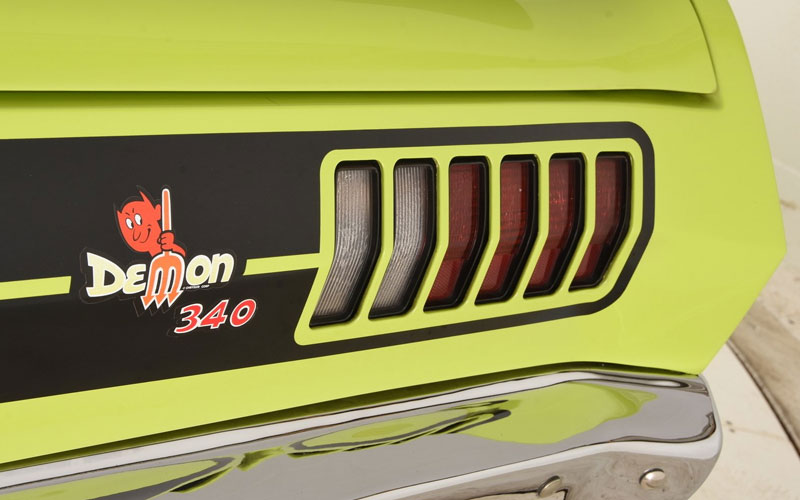
The Demon nameplate and corresponding cartoon devil that adorned these new Darts stirred up quite a bit of controversy, particularly among religious groups. These groups immediately started pressuring Dodge to change the name, but they refused, continuing on with the new Demon.
The 1971 Demon wasn’t as popular as expected, but Dodge continued production for the 1972 model year. The base Demon for 1972 had the same engine, but the 340 V8 engine on the Demon 340 was detuned due to government emission regulations and only produced 240hp and 290lb-ft of torque. That decrease in power only hurt the already struggling Demon.
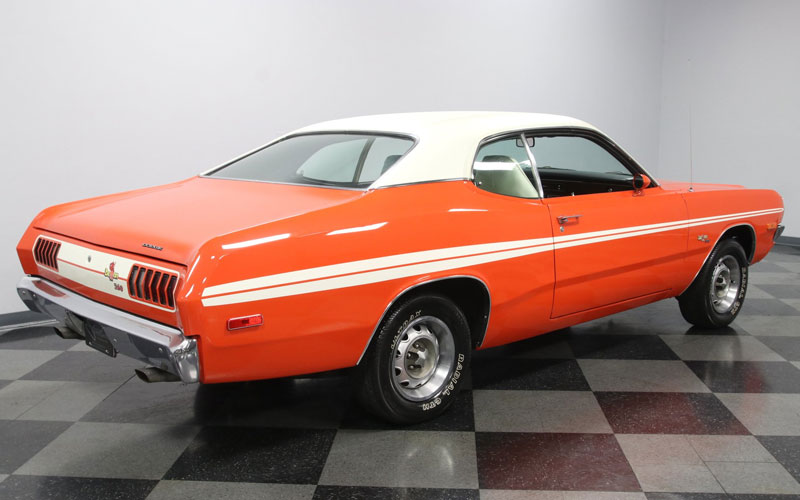
Many religious groups were still after Dodge to change the car’s nameplate and logo, with some even protesting the car and the entire Dodge brand. Only 8,700 Demon 340s were produced for the 1972 model year, compared to 10,098 for the 1971 model year.
Lets’ Try this Again
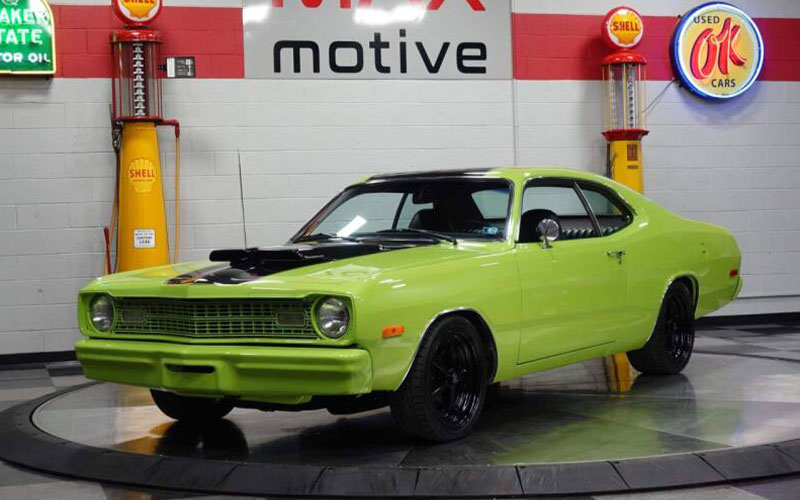
For the 1973 model year Dodge finally relented and changed the name of the car to the Dart Sport and Dart Sport 340. While the name changes squelched negativity toward the brand, it didn’t do much for the car’s popularity. By the end of 1976, the Dart Sport line had been discontinued and all Dart models were no longer available for purchase in the United States.
Still a Classic

2023 Dodge Challenger SRT Demon 170 – media.stellantisnorthamerica.com | Shop Dodge Demon on Carsforsale.com
Despite its lack of success in the early 70s, the Dodge Dart Demon has become one of the most sought after and affordable classic muscle cars today thanks to its unique style and limited production numbers. But if tracking down vintage car parts and restoring the classics isn’t your thing, you’re in luck because Dodge just unveiled the last of its 2023 Last Call Dodge models—a 2023 Dodge Challenger SRT Demon 170.
It’s not every day we get to relive a classic. Even though the original Demon was short lived, it still left its mark on the muscle car world and left a piece of automobile history enthusiasts will enjoy for decades to come.



